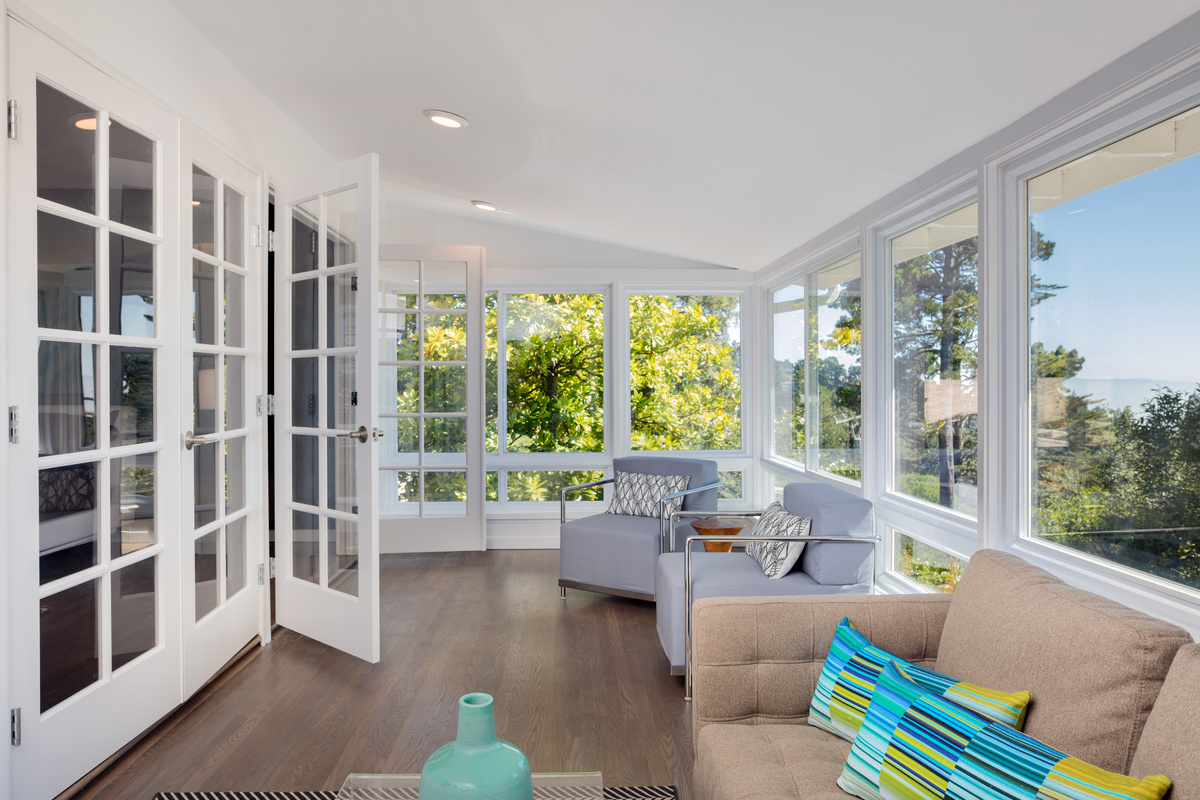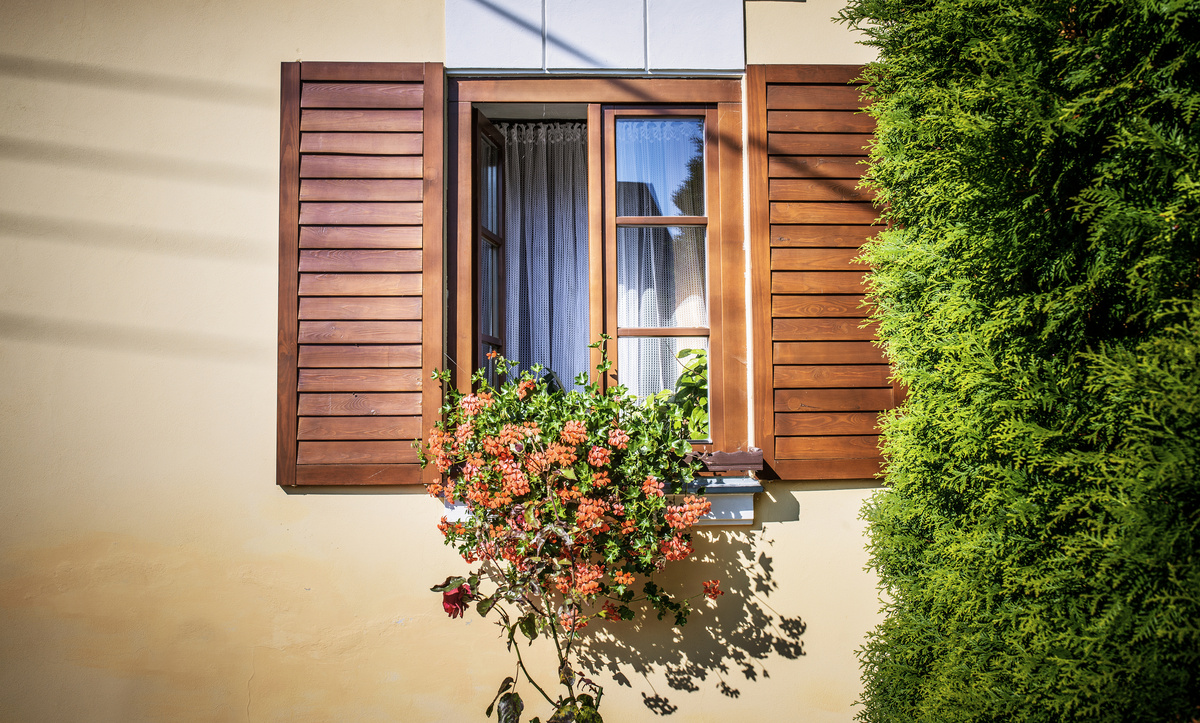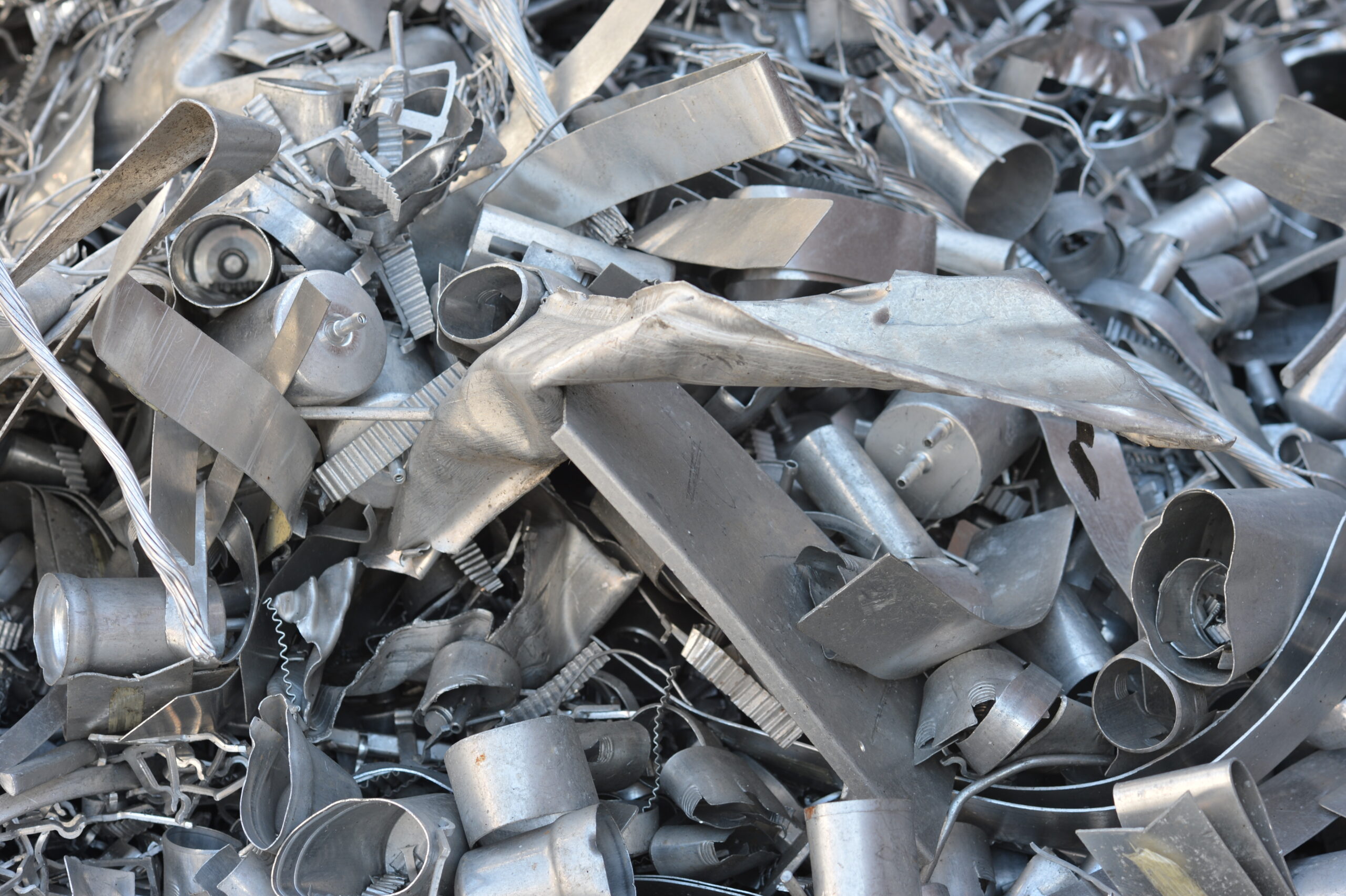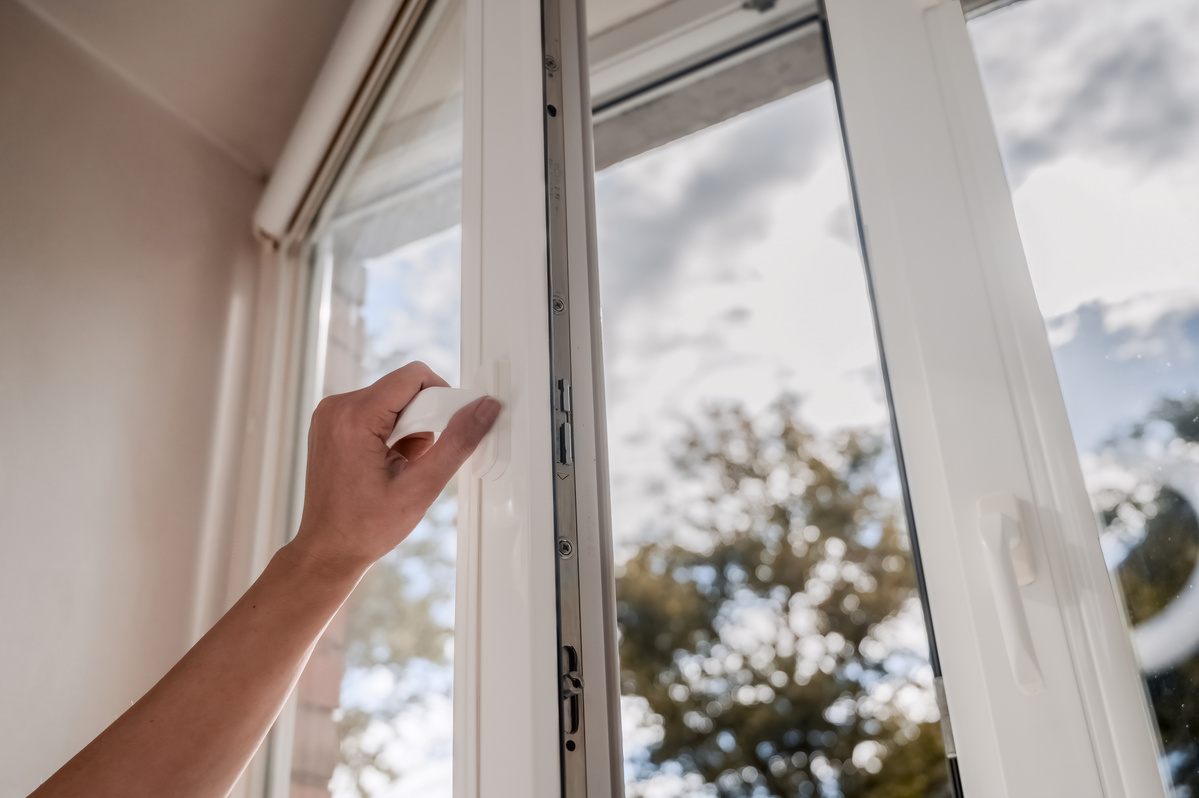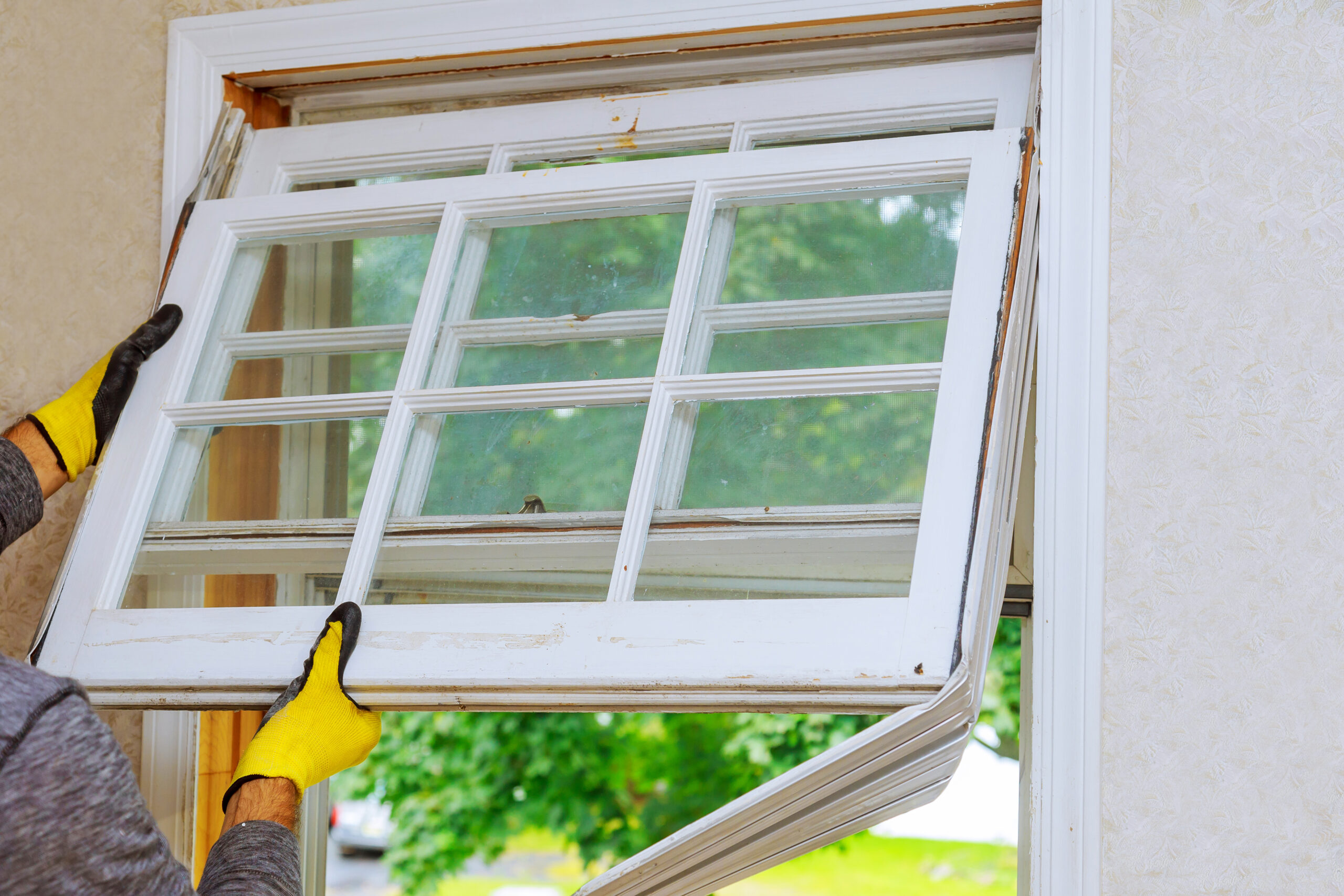What comes next in this article?
- Different Window Types
- Fixed Light Windows
- Top Guided Windows
- Side Guided Windows
- Side Hung Windows
- Fully Reversible Windows
- Tilt or Turn Windows
- Shaped Windows
- Maximising Energy Efficiency, Functionality and Aesthetics
- Don’t Forget…
Windows are an essential part of any building, providing natural light and ventilation while also enhancing the aesthetic appeal of the property. When choosing the right type of window, it is essential to consider various factors, such as the building’s location, purpose, and architectural style. Each type of window offers specific advantages and disadvantages, so it is crucial to select the right one that meets your specific requirements and complements your property’s aesthetics. By selecting the right type of window, you can enhance your living or working space’s functionality and create an inviting and comfortable environment.
Choosing the right type of window for your home or office can be a challenging task, given the numerous options available in the market. Each type of window offers unique features and benefits, making it crucial to consider all factors when selecting the right one for your needs.
Different Window Types
There are several different types of windows available each with their own characteristics:
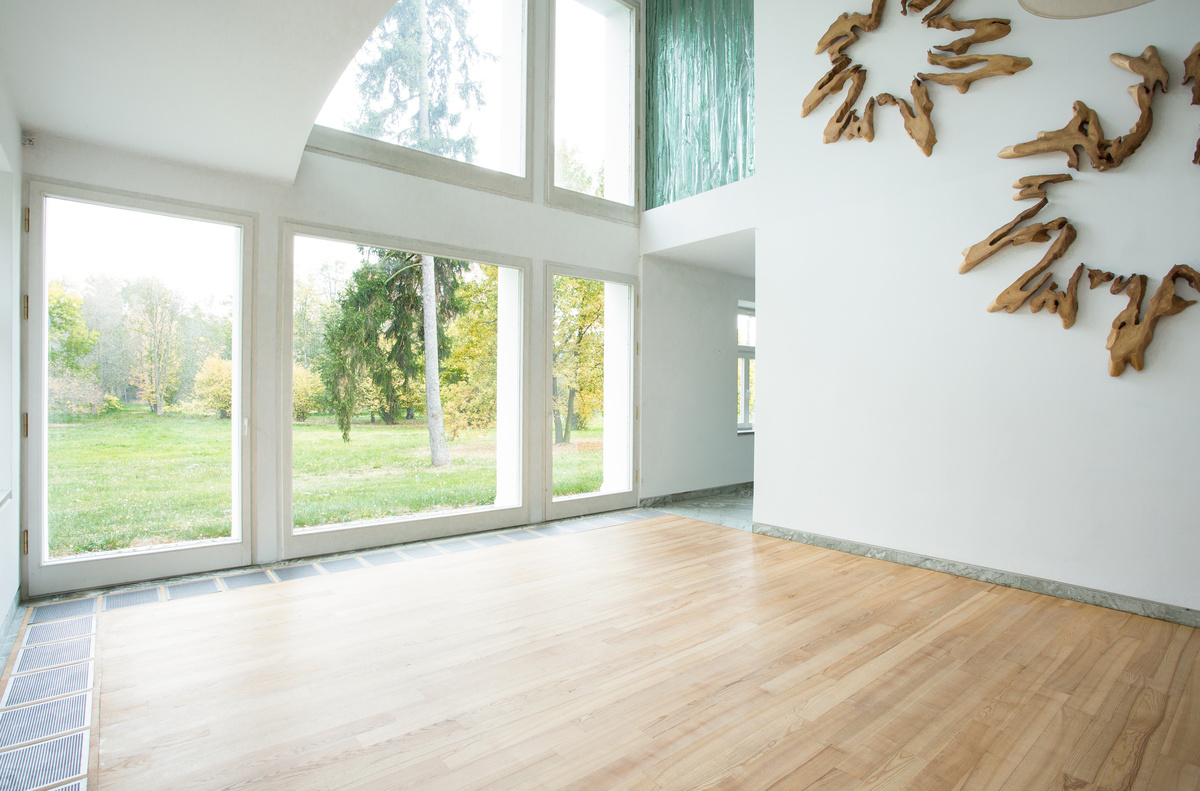
Fixed light windows, also known as picture windows, are stationary windows that cannot be opened. These windows are primarily used for providing natural light and enhancing the visual appeal of a room. Fixed light windows are often installed in areas where ventilation is not required, such as hallways or stairwells. They are available in various sizes and shapes, making them an ideal choice for creating a focal point in a room.
Top Guided Windows
Top guided windows are designed to open and close by sliding vertically along a track. These windows are often used in commercial buildings, high-rise apartments, and hospitals, where easy access and ventilation are essential. Top guided windows can be operated manually or with the help of an automated system, making them a convenient option for spaces where access is limited.
Side Guided Windows
Side-guided windows operate similarly to top-guided windows, except they slide horizontally on a track. These types of windows are often used in situations where vertical space is limited, such as in basements or garages. Side-guided windows provide excellent natural light and ventilation while maximizing the available space.
Side Hung Windows
Side-hung windows are hinged at the sides and open outwards. These windows are a popular choice for bedrooms and living areas, where ventilation is a priority. Side-hung windows are often equipped with locking mechanisms to ensure security and are available in various materials and finishes, making them a versatile choice for any space.
Fully Reversible Windows
Fully reversible windows can be rotated 180 degrees, allowing easy cleaning of the external glass. These windows are commonly used in high-rise buildings and apartments where cleaning windows from the outside can be challenging. Fully reversible windows provide excellent ventilation and are a popular choice for spaces where natural light is limited.
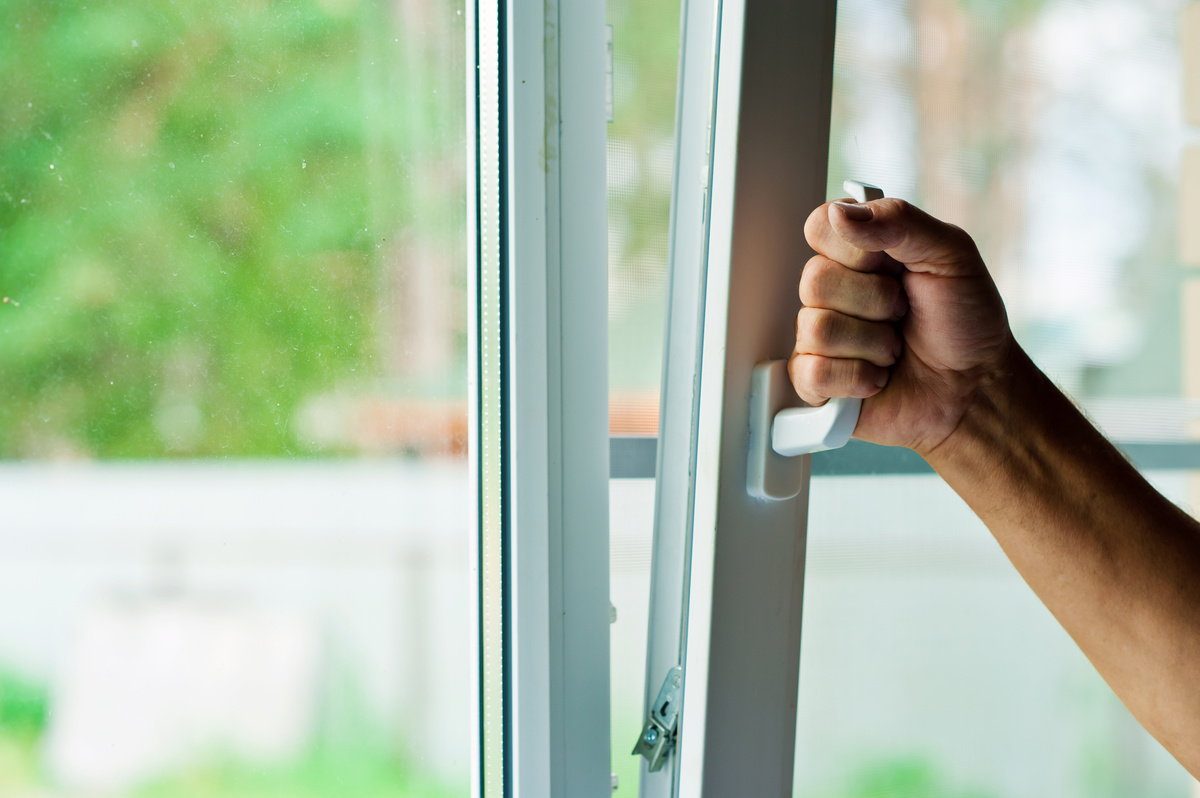
Tilt or turn windows can be opened either by tilting them inward from the top or by turning them inward from the side. These windows provide excellent ventilation and are ideal for areas where cleaning from the outside is not feasible. Tilt or turn windows are available in various materials and finishes, making them a popular choice for modern and contemporary spaces.
Shaped Windows
Shaped windows are designed to add a unique aesthetic appeal to a building. These windows can be custom-made in various shapes and sizes to suit specific requirements. Shaped windows are often used in modern architectural designs and heritage buildings, where the focus is on creating a unique and visually stunning space.
Maximising Energy Efficiency, Functionality and Aesthetics
In addition to the types of windows, it is also essential to consider the type of window frame you want. Window frames can be made from various materials, including timber, uPVC, aluminium, and composite materials. Each material has its unique features and benefits, such as durability, energy efficiency, and low maintenance.
One of the most popular options is vinyl frames, which are low-maintenance, energy-efficient, and affordable. Aluminium frames are also a common choice due to their durability, strength, and slim profile. Wooden frames offer a classic, timeless look and are great for insulating your home, but require more maintenance than other materials. Fibreglass frames are another option that offers excellent energy efficiency and durability.
Choosing the right window frame for your home depends on your budget, style preferences, and energy efficiency needs. Ultimately, investing in high-quality window frames can provide numerous benefits, including increased energy savings, improved aesthetics, and enhanced home value.
Don’t Forget…
Other important things to consider are the type of glass, as well as any coatings or glazes that may impact energy efficiency and UV protection. Additionally, it’s important to consider the installation process and any warranty or maintenance requirements. By considering these factors, you can ensure that you make an informed decision and choose the best windows for your home.

